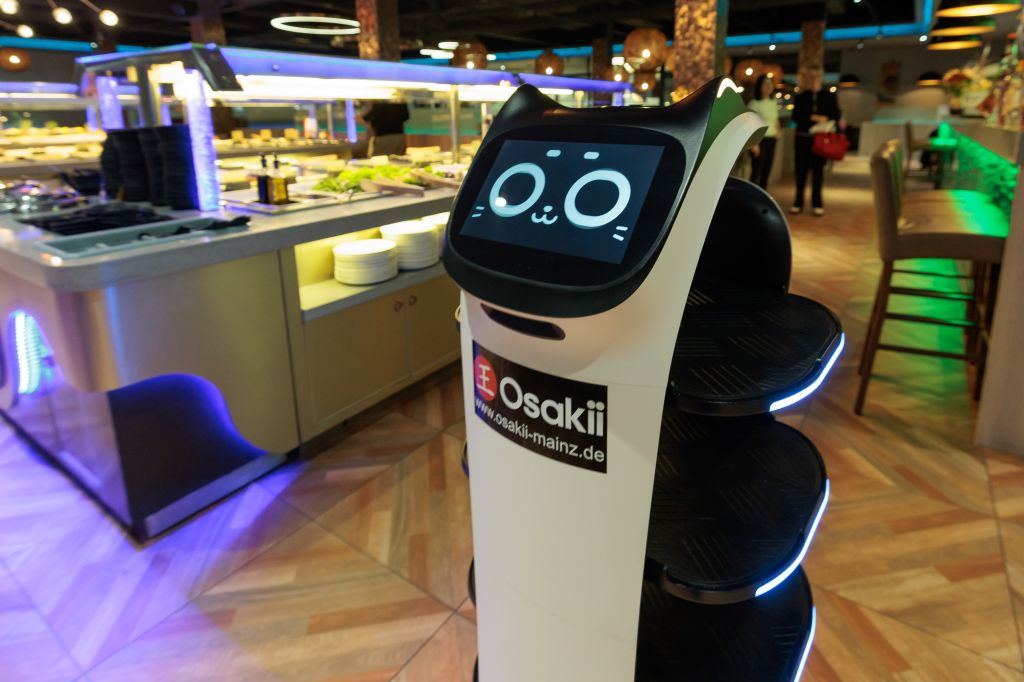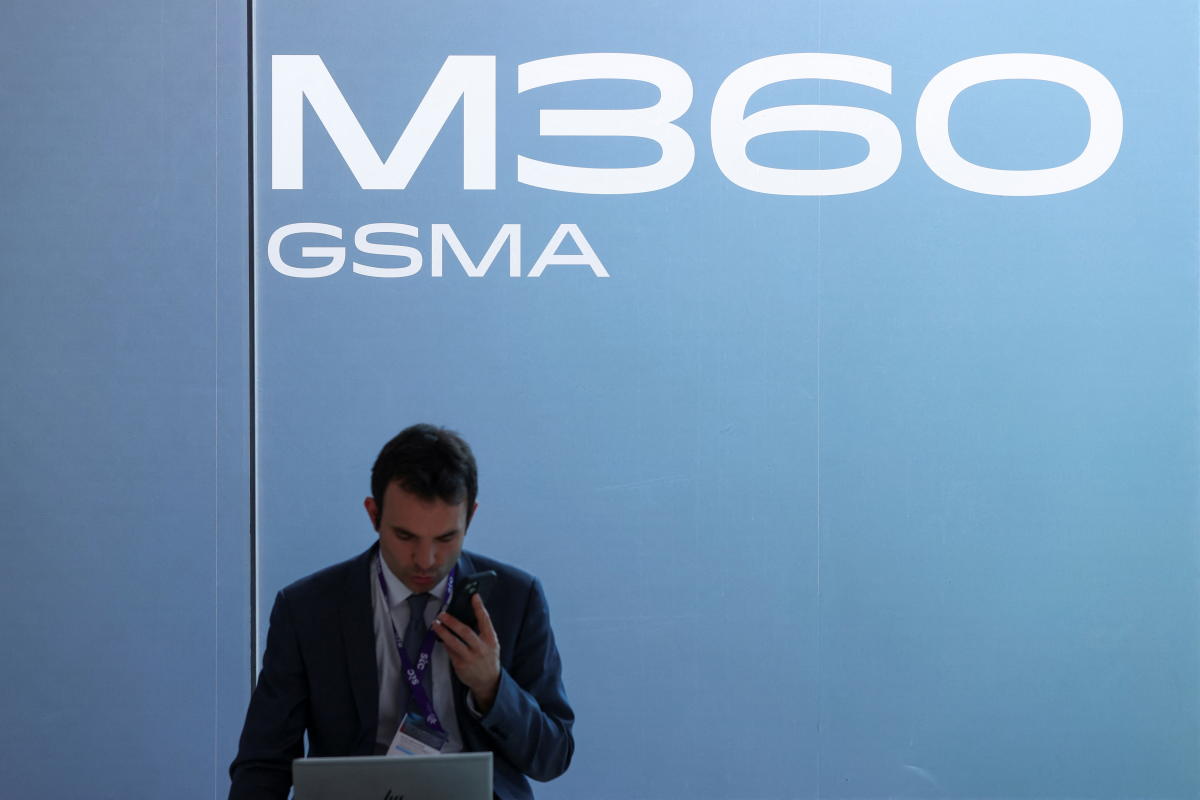Introduction to Tesla’s Autonomous Vehicle Testing in Arizona
The state of Arizona’s Department of Transportation has confirmed that Tesla has applied for the necessary permits to test and operate its autonomous vehicles within the state, particularly targeting the Metro Phoenix area for its burgeoning robotaxi service. This development is part of Tesla’s broader strategy to expand its autonomous driving capabilities beyond its current limitations.
Background on Tesla’s Application
On June 26, Tesla initiated contact with the Motor Vehicle Division (MVD) under the Arizona Department of Transportation to begin the certification process for operating its autonomous vehicles. Notably, Tesla expressed interest in operating within the Phoenix Metro area, a region that has seen significant investment in autonomous vehicle technology. The company launched a limited robotaxi service in South Austin last month, signaling its intent to expand such services to other locations.
Scope of Tesla’s Application
Tesla’s application encompasses both the testing and operation of autonomous vehicles with and without a driver. A decision regarding the approval of these applications is anticipated by the end of the month, according to a spokesperson for the DOT MVD. The news of Tesla’s outreach to Arizona’s DOT was first disclosed by Tesla influencer Sawyer Merritt, highlighting the interest and scrutiny surrounding Tesla’s autonomous vehicle ambitions.
Preliminary Conversations and Regulatory Framework
Casey Blaine, Tesla’s senior regulatory counsel, has been at the forefront of these efforts, engaging in preliminary conversations with state officials. These discussions include a virtual meeting with representatives from the Arizona Department of Transportation and the Arizona Commerce Authority, as revealed through emails obtained via a records request. Blaine has requested introductions to Maricopa County government and law enforcement officials, a necessary step ahead of any potential launch.
Expansion Plans and Regulatory Considerations
Tesla’s CEO, Elon Musk, has announced plans to expand the robotaxi service beyond its initial launch in South Austin. Musk indicated that the service would soon be available more widely within the city and expressed intentions to launch in the Bay Area, pending regulatory approvals. However, Musk’s ambitions may face regulatory hurdles, particularly in California, where the requirements for testing and deploying autonomous vehicles are more stringent.
Regulatory Requirements in California
In California, companies seeking to test and deploy autonomous vehicles must secure a series of permits from the Department of Motor Vehicles (DMV), covering various stages of testing with and without a human safety operator. Additionally, for robotaxi services, permits from the California Public Utilities Commission are required. A California DMV spokesperson confirmed that Tesla has held a permit for public road testing with a safety driver since 2014 but has not applied for permits related to driverless testing or deployment.
Regulatory Environment in Arizona
The regulatory process in Arizona is less complex, with autonomous vehicle companies following a self-certification process for testing with or without a driver, as outlined on the Arizona Department of Transportation’s website. However, companies intending to operate a ride-hailing service, including robotaxi services that charge for rides, must apply for a Transportation Network Company permit.
Existing Autonomous Vehicle Services in Arizona
Waymo, the Alphabet-owned autonomous vehicle company, already operates a driverless robotaxi service in approximately 315 square miles of the Metro Phoenix area. Waymo has secured the necessary AV and TNC permits in Arizona and also operates in California, including Los Angeles and the Bay Area, as well as in partnership with Uber in Austin and Atlanta. Recently, Waymo launched a program allowing teens, with parental permission, to hail robotaxis in Phoenix, further expanding access to autonomous vehicle services.
Source Link





